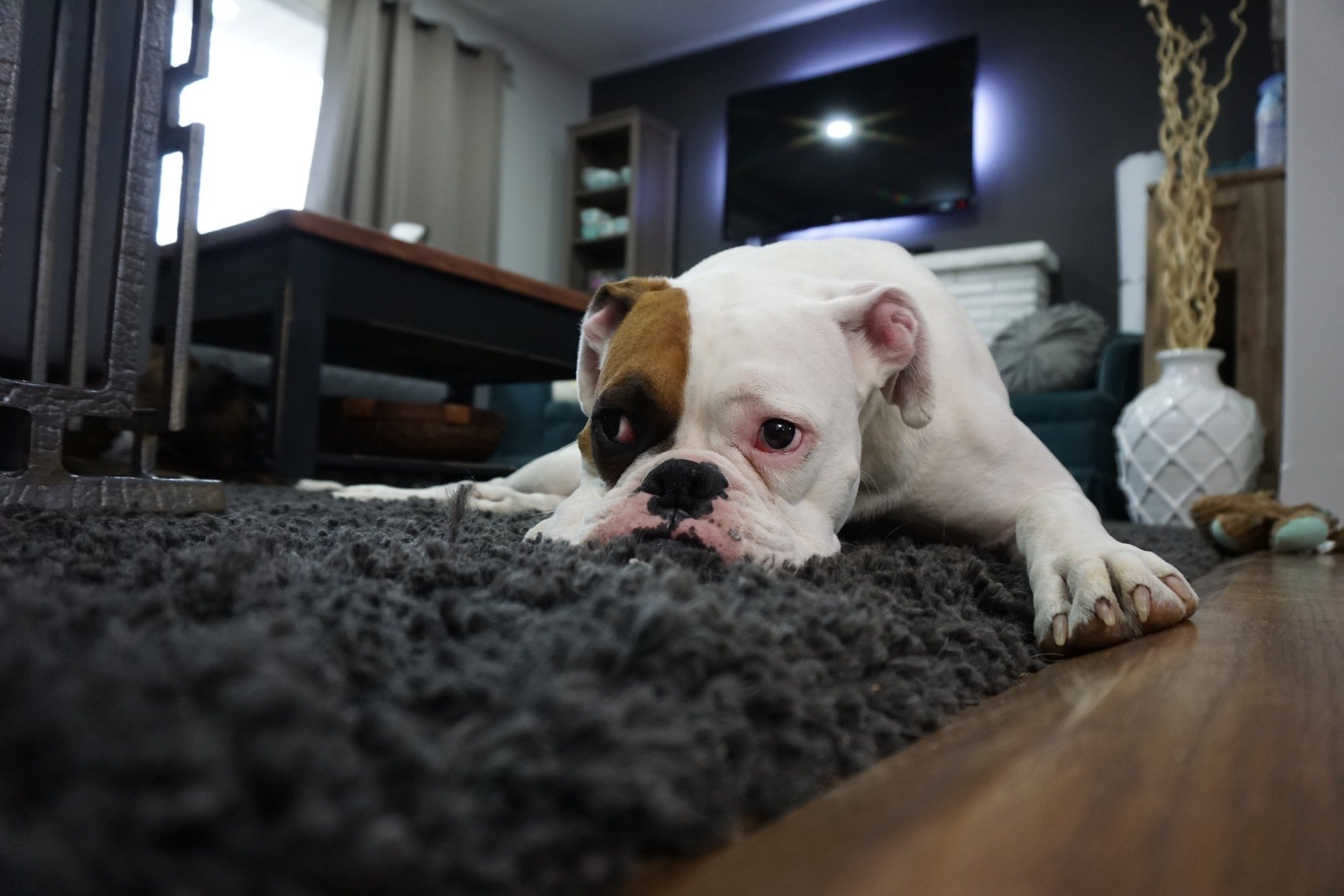-
View Larger Image

You’ve probably heard of Seasonal Affective Disorder (SAD), a type of depression that commonly occurs in fall and winter, when daylight hours get shorter and we spend more time inside. For humans, doctors often recommend UV lamps, connecting with loved ones, and even time snuggling with pets to alleviate the symptoms. But what if your pet is the one who seems down?
Some veterinarians have suggested that dogs likely suffer from SAD just like humans do. Like us, dogs’ bodies produce more melatonin (a hormone that causes sleepiness) in darkness, so more light can often help lift human and canine moods alike. Open the curtains on sunny days, place your pet’s bed near a window and turn on more lights when it gets dark.
Exercise also impacts energy levels. The more you move, the more energized you’ll feel, thanks to serotonin, the “feel-good” chemical in the brain that increases with exposure to sunlight and exercise. So even if you have to bundle up, taking a brisk walk can make a big difference, both for you and your pet.
If, however, your pet is especially lethargic, reluctant to eat, having bathroom accidents, losing weight, or losing hair, veterinary care may be needed. Contact the Westfield Veterinary Group team to schedule an appointment.
Share This Story, Choose Your Platform!

